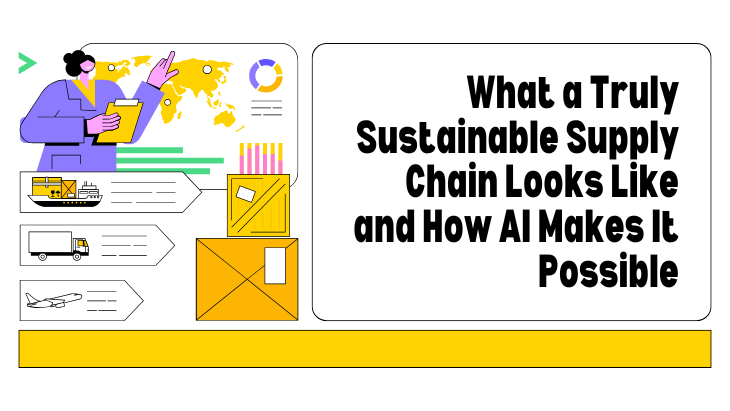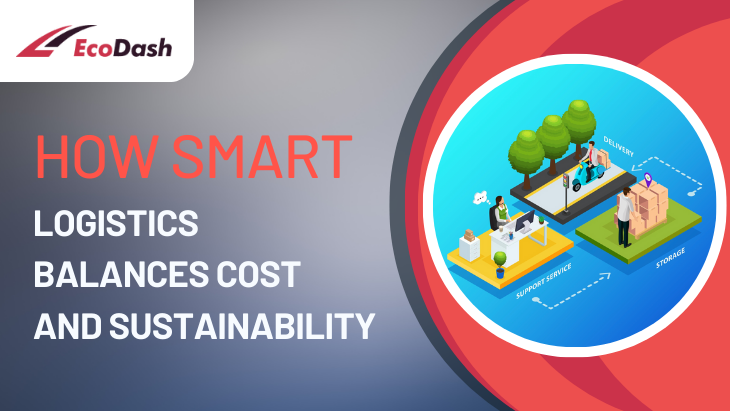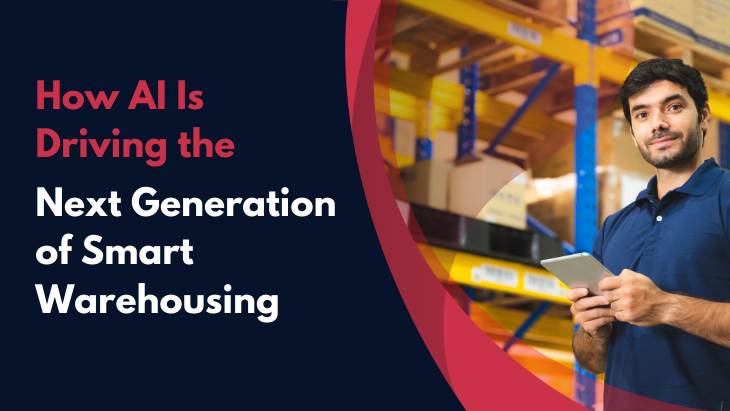In a world where climate change and sustainable consumption dominate the headlines, the word "sustainability" is more than a slogan it's a corporate necessity. For fast-moving goods businesses, retailers, and particularly grocery logistics players, sustainability is now core to reputation, operational effectiveness, and regulatory requirements. Fast Grocery Delivery in Canada And most importantly, how is artificial intelligence (AI) making that vision a reality specifically in complicated sectors such as rapid grocery delivery in Canada?
Rethinking the Modern Supply Chain
Historically, supply chains were constructed with one purpose in mind: profitability and speed. Although these remain crucial, modern supply chains need to be optimized not just for social and environmental influence, but also for environmental sustainability. A sustainable supply chain considers the product lifecycle from end to end—sourcing and manufacture through distribution, including end-of-life disposal. It reduces its environmental impact, upholds ethical business practice, and minimizes waste while still fulfilling commitments to the consumer.
In Canada, where demand for quick grocery fulfillment is increasing, particularly in major cities such as Toronto and Vancouver, logistics providers are increasingly under pressure to innovate. Faster grocery delivery in Canada is no longer simply a matter of speed—it's about gaining efficiency with the least environmental impact.
The Role of AI in Supply Chain Sustainability
Artificial Intelligence is turning out to be one of the most influential tools in making supply chains sustainable. AI-based systems have the ability to analyze huge amounts of real-time data to streamline delivery routes, lower fuel consumption, and eliminate delays. In the case of quick grocery delivery in Canada, AI can study traffic patterns, weather conditions, and volumes of orders to allocate the most optimal delivery schedules. This lowers carbon emissions while ensuring customers receive orders on time.
Smarter Warehousing for a Greener Future
Warehousing is a central part of every supply chain and the greatest opportunity for sustainability. AI- and IoT device-powered smart warehouses can optimize energy use by adapting lighting, temperature, and automation controls in accordance with real-time usage. AI can also improve shelf positioning, stock rotation, and space utilization, minimizing the necessity for excessive storage and power.
These small, AI-driven warehouses enable companies to keep stock nearer the consumer, minimizing last-mile delivery distances and emissions. With AI managing stock quantities and delivery schedules, companies can reach more customers with less.
Optimizing Last-Mile Delivery with AI
For sustainable operations, this is where AI excels. For the example of fast grocery delivery in Canada, AI algorithms can route the most efficient delivery route in real-time, factoring in traffic density, customer cluster location, and fuel efficiency.
In addition, electric vehicles (EVs) and green delivery options are being incorporated into AI-driven fleet management systems. AI controls when and where EVs need to go so as to maximize range usage and reduce downtime. This not only reduces carbon emissions but also decreases long-term costs for logistics companies.
Sustainable Sourcing with AI Transparency
A sustainable supply chain begins at the origin. Through the use of blockchain and AI interface, businesses can authenticate the source of goods, guarantee ethical labor practices, and uphold quality standards. This transparency is trustworthy and helps companies comply with environmental and social governance (ESG) protocols.
In food delivery, customers are now pushing for locally grown and ethically sourced produce. AI can assist suppliers to monitor these requests and make informed decisions regarding what products to stock, from where to procure them, and how to label them for complete traceability. It presents a win-win outcome for the business as well as the world.
Cutting Packaging Waste with AI Insights
Another key sector where AI is driving supply chain sustainability is packaging. Single-use plastics and over-packaging pose huge concerns for grocery delivery companies. AI assists businesses in studying product dimensions, order sets, and shipping limitations to find the least amount of packaging without adding to safety risks.
AI can also monitor customer behavior and preferences when it comes to package choice. If a customer likes reusable or compostable packaging, this can be tracked and automatically used for future purchases. In Canada's competitive grocery delivery market, this kind of personalization is not only sustainable—it's a strong differentiator.
Real-Time Dashboards for Real Sustainability
Sustainability is not a project that should be undertaken once; it's a process that has to be constantly monitored, measured, and optimized. They include carbon footprint per delivery, energy usage within warehouses, the amount of packaging materials used, and waste generated.
In quick grocery delivery businesses, these dashboards provide an unambiguous, real-time view of just how green the logistics chain really is. They enable companies to establish realistic objectives, pivot quickly when needed, and report openly to stakeholders. This level of transparency means that sustainability objectives aren't just wishful thinking—they're doable.
How Canada Is Leading the Way
Canada has become a clean tech innovation and sustainable urban logistics leader. With incentives from the government for green energy, the mass adoption of electric cars, and an increasingly green-conscious public, there is a rich soil for innovation in sustainable supply chains in the country. Canada's grocery delivery companies are particularly well-positioned to be at the forefront, leveraging AI to reconcile increased speed demands with the imperative for sustainability.
Conclusion
A truly sustainable supply chain is one that not only satisfies customer need it does so without sacrificing the environment or its values. Eco-Dash With the fast-changing world of fast grocery delivery in Canada, sustainability and quickness are no longer mutually exclusive. With AI, they are becoming complementary forces.


 Cart
Cart







Leave a reply